42 which label or labels indicate(s) the antigen binding site?
Antigens are found naturally on a particle examples - Course Hero Capture antibody is first attached to a solid phase 2. Unknown patient antigen (usually serum) is then allowed to react with the antibody 3. After washing to remove unbound antigen, a second antibody with a label is added to the reaction How is a labeled analyte detected? By measuring radioactivity in RIA molecule (radioimmunoassay) Multiplexed Specific Label-Free Detection of NCI-H358 Lung Cancer Cell ... Immunoglobulins can bind other proteins (e.g., complement) in addition to the antigenic molecules recognized by hypervariable antigen binding sites. Thus it was possible that the resonance supershift observed in Fig. 3 could have resulted from non-specific interactions of anti-MYC antibody with background proteins on the biosensor surface.
PDF Secondary - Novus Bio Variable domain heavy chain Contains antigen binding site, confers antibody specificity (H+L) Heavy + light Whole immunoglobulin (heavy and light chain) α Alpha heavy chain IgA class δ Delta heavy chain IgD class ε Epsilon heavy chain IgE class γ Gamma heavy chain IgG class µ Mu heavy chain IgM class κ Kappa light chain λ Lambda light chain

Which label or labels indicate(s) the antigen binding site?
Frontiers | Impact of Bioconjugation on Structure and Function of ... Monoclonal antibodies (mAbs) are widely used as analytical components in immunoassays to detect target molecules in applications such as clinical diagnostics, food analysis and drug discovery. Functional groups are often conjugated to lysine or cysteine residues to aid immobilization of mAbs or to enable their detection in an antibody antigen complex. Good assay performance depends on the ... Why Site-Specific — AlphaThera Site-specific antibody labeling ensures that the label does not interfere with antigen binding. This becomes particularly important when attaching large biomolecules to the antibody (e.g. enzymes), which can sterically prevent antigen binding. Site-specific labeling also ensures the proper orientation of immobilized antibodies. Study Questions - Northern Arizona University Indicate whether each of the following statements is true or false. If you think a statement is false, explain why. ... Label each chain and the domains within it, the antigen-binding regions, and regions that have the immunoglobulin-fold structure. 5. One of the characteristic features of the MHC is the large number of different alleles at ...
Which label or labels indicate(s) the antigen binding site?. A&P2 Lab 10 HW Flashcards | Quizlet an antigenic determinant. What type of immunity can be transferred by bodily fluids from one person to another, thus conferring immunity to the recipient? humoral immunity. If a virus attacks a cell, which type of immunity would be activated? cell-mediated immunity (cellular immunity) Cancer cells would be attacked by which of the following cells? Immunoassay Methods - Assay Guidance Manual - NCBI Bookshelf Ensure appropriate antibody and antigen reagents are available. 3. Adsorb antigen or capture antibody to a solid surface. 4. Wash off unbound reagents. 5. Block nonspecific binding sites to reduce background. 6. Incubate the secondary antibody with the sample. 7. Wash off unbound reagents. 8. Incubate secondary antibody-conjugate with sample. 9. A+P II Lab 10 Flashcards | Quizlet What is the type of immunity one acquires through contracting a disease such as chicken pox from another infected person? naturally acquired active immunity Which label or labels indicate (s) the antigen binding site? the two sites labeled with the letter A Learning context-aware structural representations to predict antigen ... Prediction of antibody-antigen binding interfaces can be seen as a special case of predicting protein-protein binding interfaces. ... The objective is to assign a label, either interface (positive class) or non-interface ... An inverse logit function transforms each node's output y i to indicate the probability of belonging to the ...
Abzymes: Catalytic Antibodies - UC Santa Barbara Rotate around active site complex. Label charged or partially charged centers. Labels off. For best results, push the buttons in sequence. 1. Zoom into the antigen-binding site with bound hapten. Initially, the ... The germline sequences of the heavy chain gene segments indicate that this particular asparagine residue arose as the result of ... HW 29.docx - Best of Home Work (Exercise 29: Blood) Drag... - Course Hero Label the red blood cells with the correct antigen (s). Left to right… a antigen, b antigen, a & b, none Left to right … a antigen , b antigen , a & b , none Antibodies are proteins that have a lock-and-key recognition for their antigen established by the antigen-binding site on the antibody. Overview of Protein Labeling | Thermo Fisher Scientific - US Biotin is a useful label for protein detection, purification and immobilization because of its extraordinarily strong binding to avidin, streptavidin or Thermo Scientific NeutrAvidin Protein. Indeed, this interaction is one of the strongest noncovalent interactions between a protein and ligand. M A&P Introduction to Lymphatic System and Immunity - Quizlet Label the cause of infection and some structures involved in fighting the infection. After the proteins are separated by electrophoresis, the _____. ... Which label or labels indicate(s) the antigen binding site? the two sites labeled with the letter A. Steps in antigen presentation include which of these?
Lateral Flow Serodiagnosis in the Double-Antigen Sandwich Format ... When antigen is conjugated to label particles, excessive amounts of antigen are usually used to maximize the binding capacity of the conjugate. In addition, part of the antigen loses binding activity due to the covering of epitopes by label particles. For this reason, the concentration of binding sites on the label conjugate is unknown. Part a drag the labels onto the diagram to identify - Course Hero HelpReset the two sites labeled with the letter A the single location labeled B the two sites labeled C the two sites labeled D Heavy chain Antigen biding site Variable segment Light chain Constant segments of light and heavy chains Complement binding site Site of binding to macrophages Antibody Types: IgM, IgA, IgD, IgG, IgE and Camelid Antibodies However, since pentameric IgM has 10 antigen binding sites, it has higher avidity (overall binding strength) for antigens than IgG and acts as an excellent activator of the complement system and... Anatomy Labs for Exam 2 Flashcards - Quizlet Which label or labels indicate(s) the antigen binding site? The two sites labeled with the letter A. What defense mechanism is shown in the images above? Complement (group of proteins that work together, binding to antibodies and forming large holes in target cells) What defense mechanism is shown in this image? Destruction by an NK cell.
Antibody Structure - University of Arizona An antigenic determinant, a site on the antigen that the immune system responds to by making antibody, can frequently be one unique structure on the antigen. In hen egg white lysozyme, a glutamine at position 121 (Gln 121) protrudes away from the antigen surface. In this view, Gln 121 is circled. The antibody is not shown.
Fluorescent Labeling of Antibody Fragments Using Split GFP Lacking the Fc portion of the antibody, they are usually labeled using small peptide tags recognized by antibodies. In this paper we present an efficient method to fluorescently label single chain Fvs (scFvs) using the split green fluorescent protein (GFP) system.
Real-Time, label-free monitoring of tumor antigen and serum antibody ... The binding kinetics and affinity values of anti-NY-ESO-1 monoclonal antibody, ES121, to the cancer-testis antigen NY-ESO-1 were determined according to the surface heterogeneity model and resulted in K D values of 1.3×10 −9 and 2.1×10 −10 M. The reconfigured instrument was then used to measure the interaction between tumor antigens and ...
Unit Four: Lymphatic system and Immunity Flashcards | Quizlet In IgG, the antigen binding site is formed by. the variable segments of both the light and heavy chains. _____ is the class of antibody first secreted in response to a new antigen. IgM. ... Which label or labels indicate(s) the antigen binding site? The two sites labeled with the letter A.
Structure of Antibody (With Diagram) | Organisms - Biology This variable region, composed of 110-130 amino acids, gives the antibody its specificity for binding antigen. ADVERTISEMENTS: Antibodies are of five classes - IgG, IgA, IgM, IgD and IgE. Ig stands for immunoglobulins. IgG constitutes to about 75% of the total antibodies. IgE is involved in allergy and IgM is formed during the primary response.
ELISA Test: Principle, Types, and Uses - Microbe Online ELISA is a rapid test used for detecting or quantifying antibodies (Ab) against viruses, bacteria, and other materials or antigens (Ag) . ELISA is so named because the test technique involves the use of an enzyme system and immunosorbent. The term enzyme-linked refers to the covalent binding (linking) of an enzyme to an antibody. Sandwich ELISA ...
Competitive Immunoassay - an overview | ScienceDirect Topics Both the antigen of interest and a labeled analog are incubated with a known amount of antibody, and the signal produced is based on the competition between the analyte and the corresponding label for the antibody-binding sites [5]. The amount of labeled antigen bound to the antibody is inversely proportional to the amount of analyte in the ...
Learning context-aware structural representations to predict antigen ... our framework comprises three components to leverage biological insights: (i) graph convolutions to capture the spatial relationships of the interfaces, (ii) an attention layer to enable each protein's interface predictions to account for the potential binding context provided by its partner and (iii) transfer learning to leverage the larger set …
Exam 2 Lab Flashcards | Chegg.com Which label or labels indicate (s) the antigen binding sight? The two sides labeled D The two sides labeled A The single location labeled B The two sites labeled C A What defense mechanism is shown in the images above? Complement Pyrogen Interferon Perforin Complement What defense mechanism is shown in this image?
Immunolabeling | Thermo Fisher Scientific - US For direct immunofluorescence, the antibody binding the epitope is labeled with fluorophores (green). For indirect or secondary detection, the primary antibody binds the epitope and a fluorophore-labeled secondary antibody (purple) that has specificity for the primary antibody binds to it. Direct immunofluorescence
Study Questions - Northern Arizona University Indicate whether each of the following statements is true or false. If you think a statement is false, explain why. ... Label each chain and the domains within it, the antigen-binding regions, and regions that have the immunoglobulin-fold structure. 5. One of the characteristic features of the MHC is the large number of different alleles at ...
Why Site-Specific — AlphaThera Site-specific antibody labeling ensures that the label does not interfere with antigen binding. This becomes particularly important when attaching large biomolecules to the antibody (e.g. enzymes), which can sterically prevent antigen binding. Site-specific labeling also ensures the proper orientation of immobilized antibodies.
Frontiers | Impact of Bioconjugation on Structure and Function of ... Monoclonal antibodies (mAbs) are widely used as analytical components in immunoassays to detect target molecules in applications such as clinical diagnostics, food analysis and drug discovery. Functional groups are often conjugated to lysine or cysteine residues to aid immobilization of mAbs or to enable their detection in an antibody antigen complex. Good assay performance depends on the ...


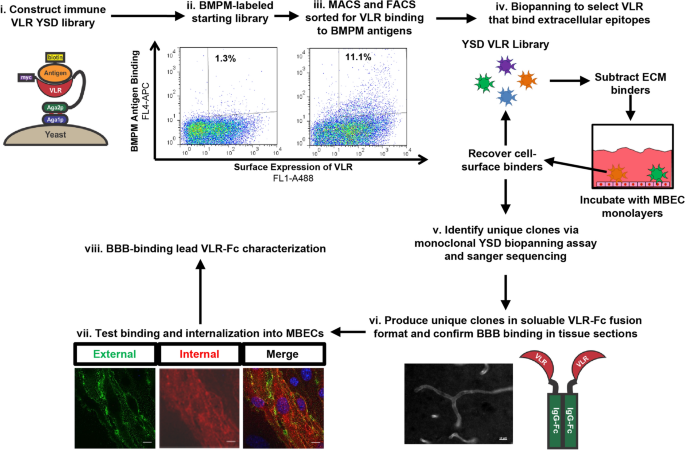







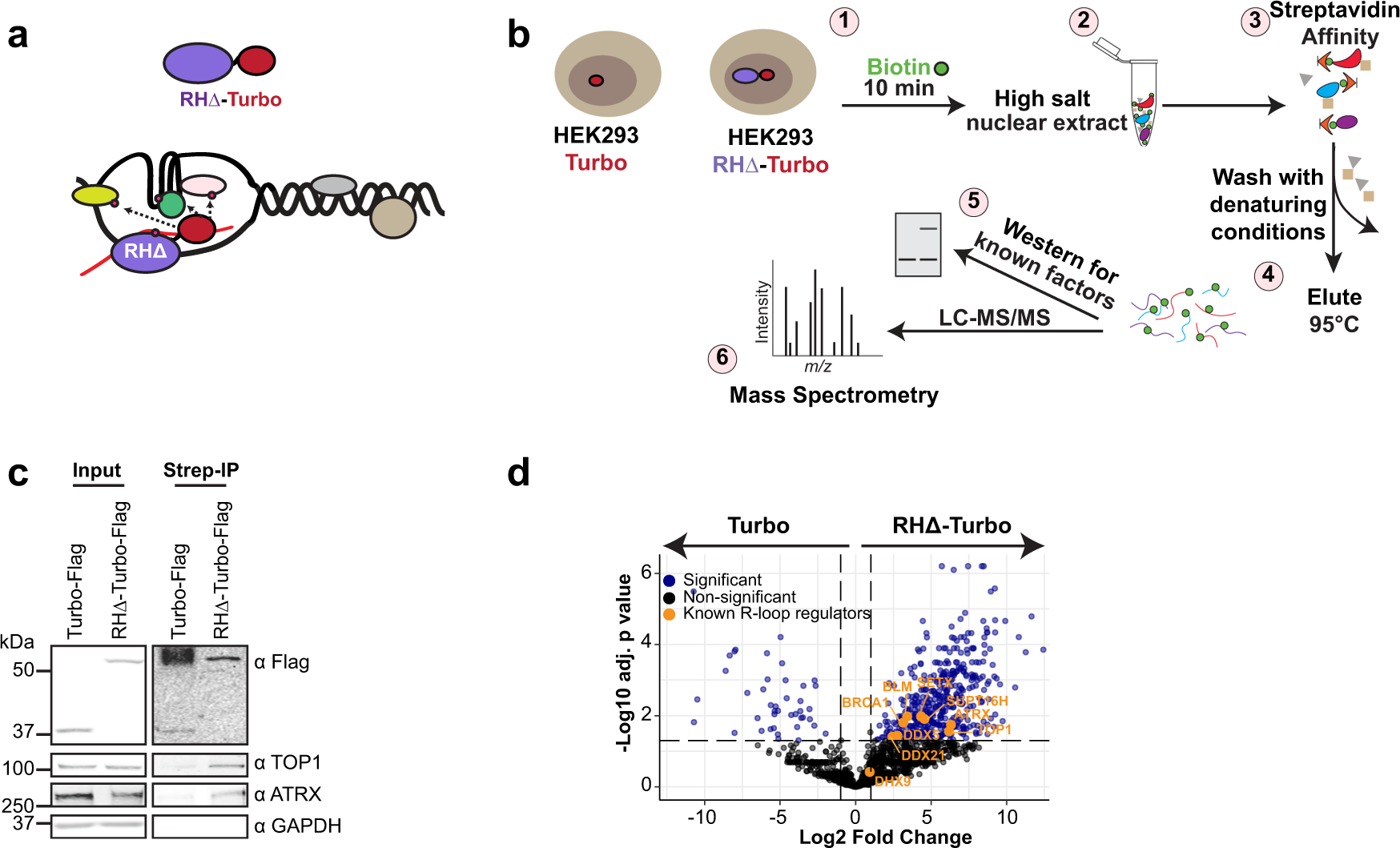
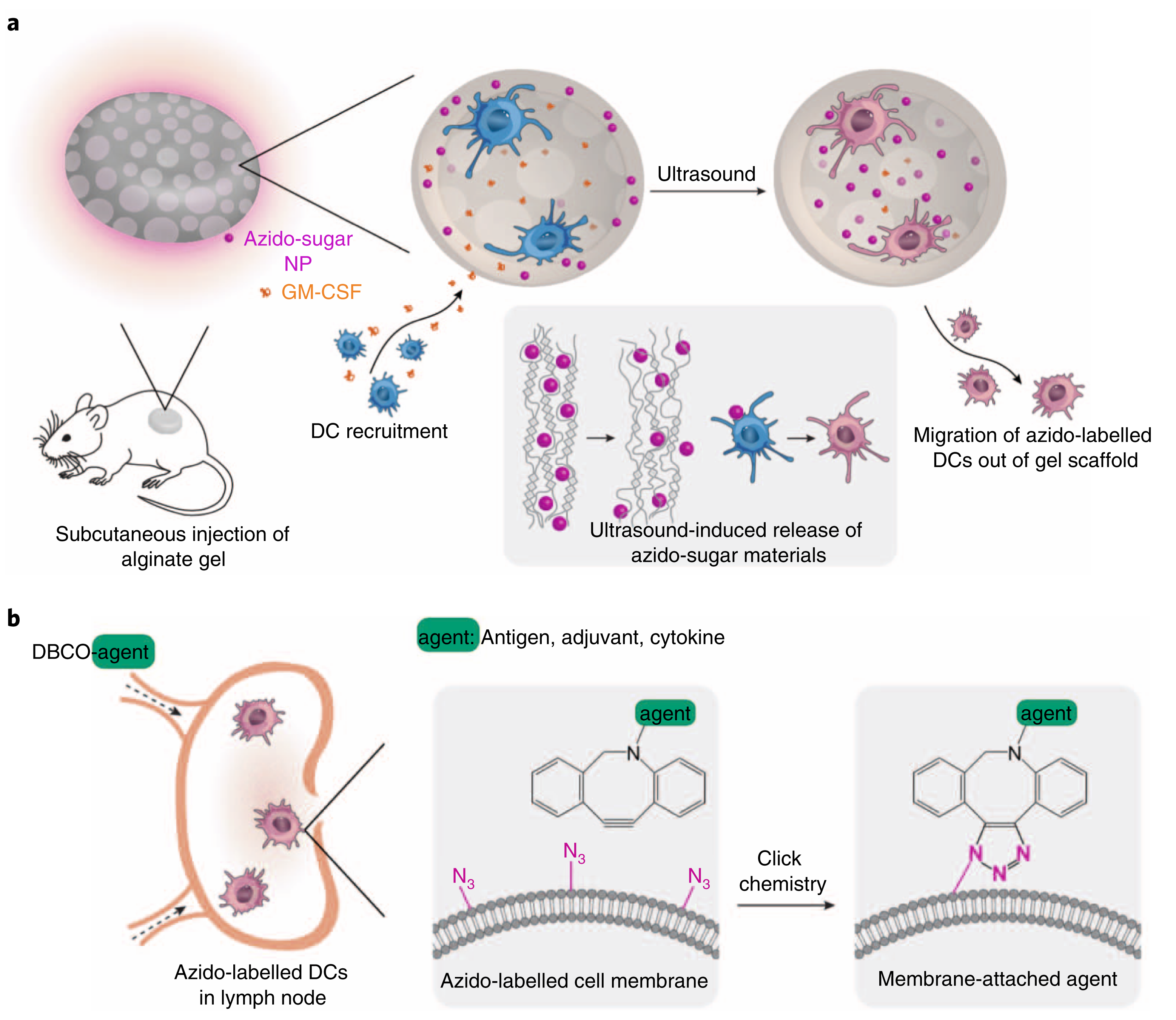

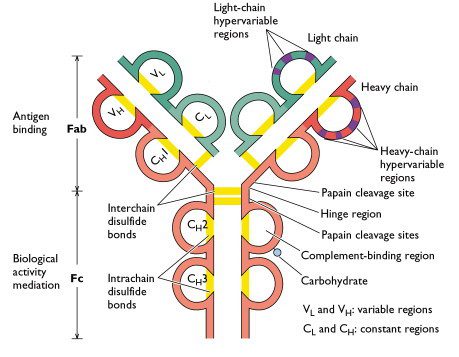









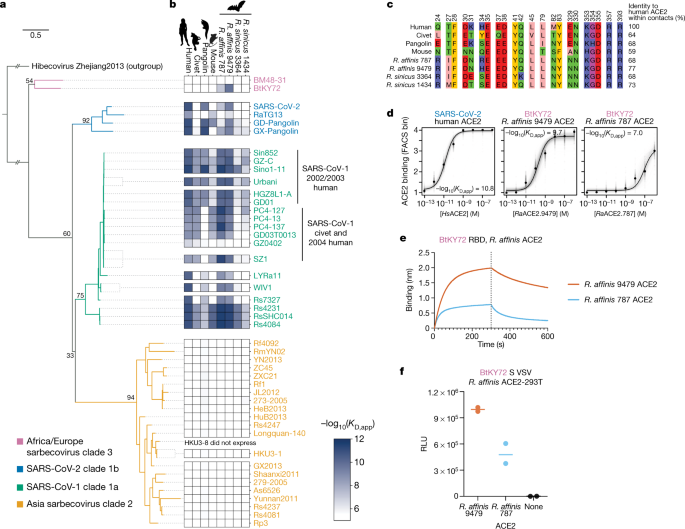


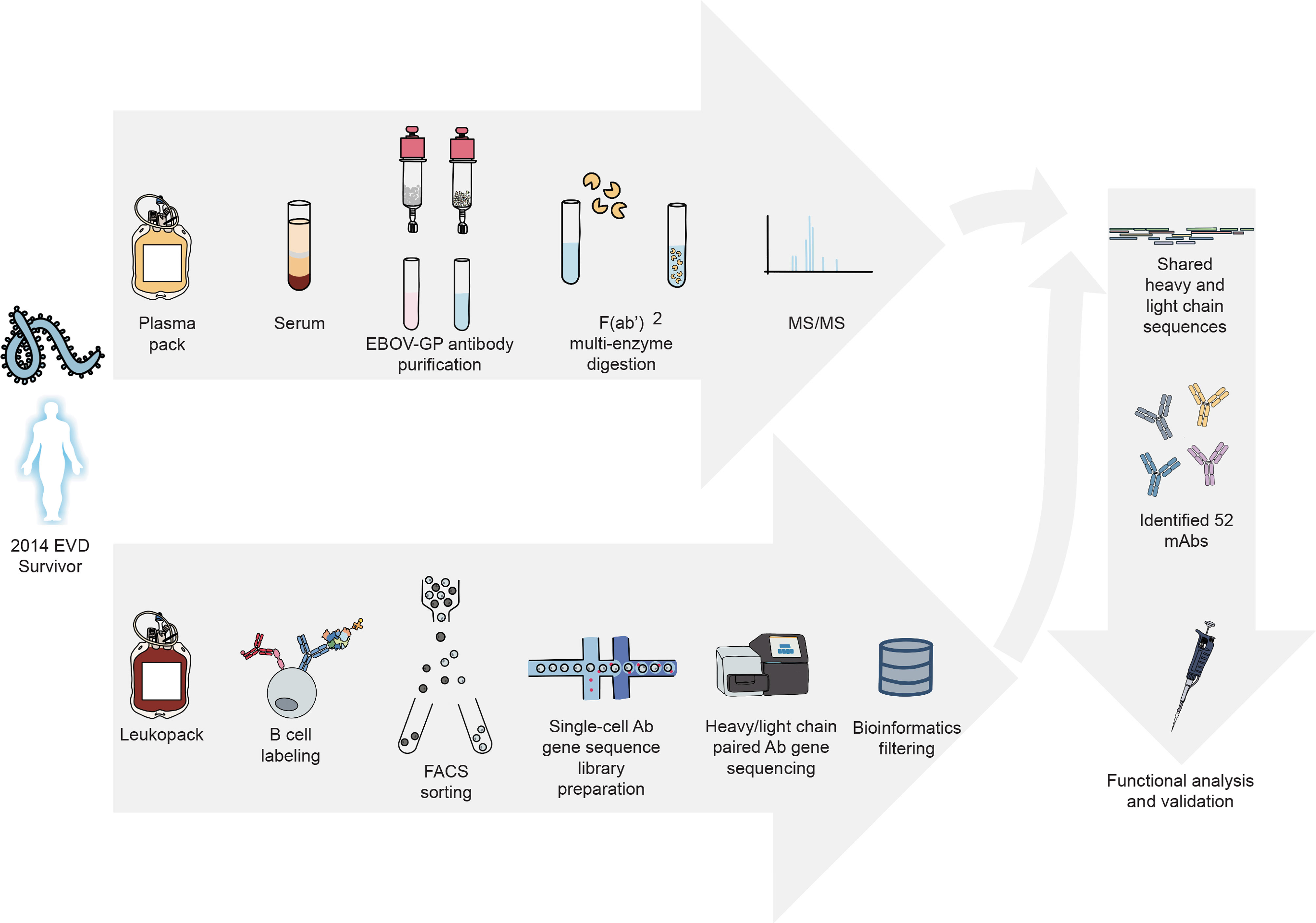







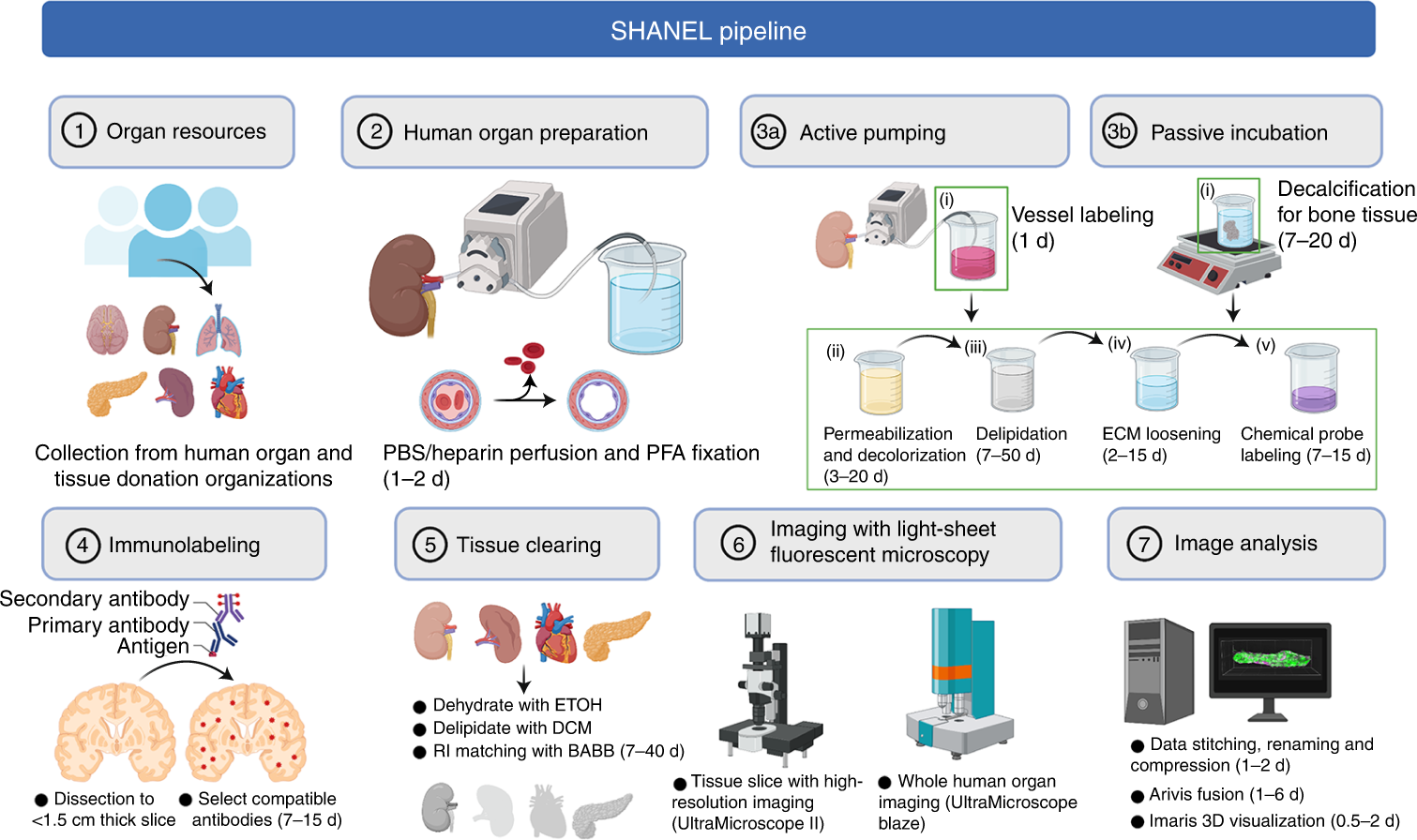



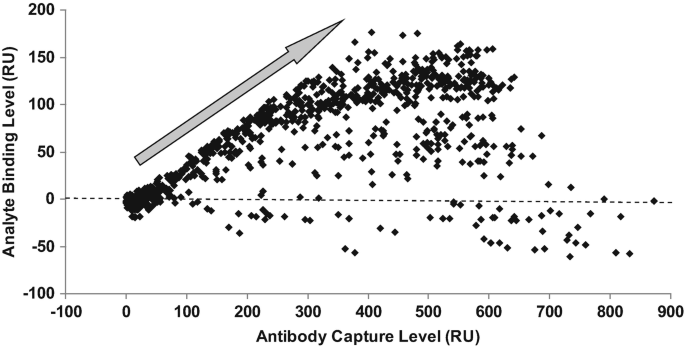
Post a Comment for "42 which label or labels indicate(s) the antigen binding site?"